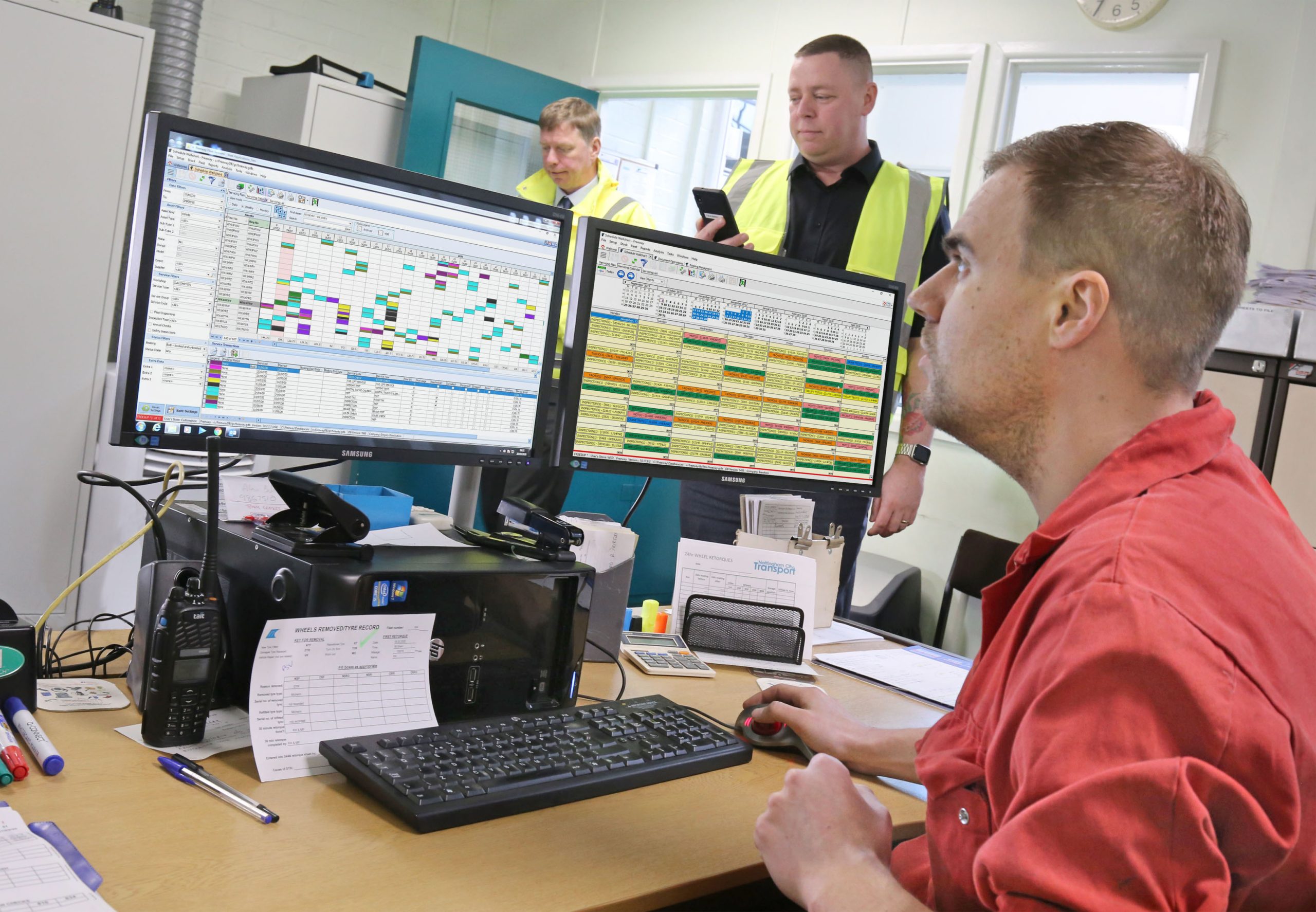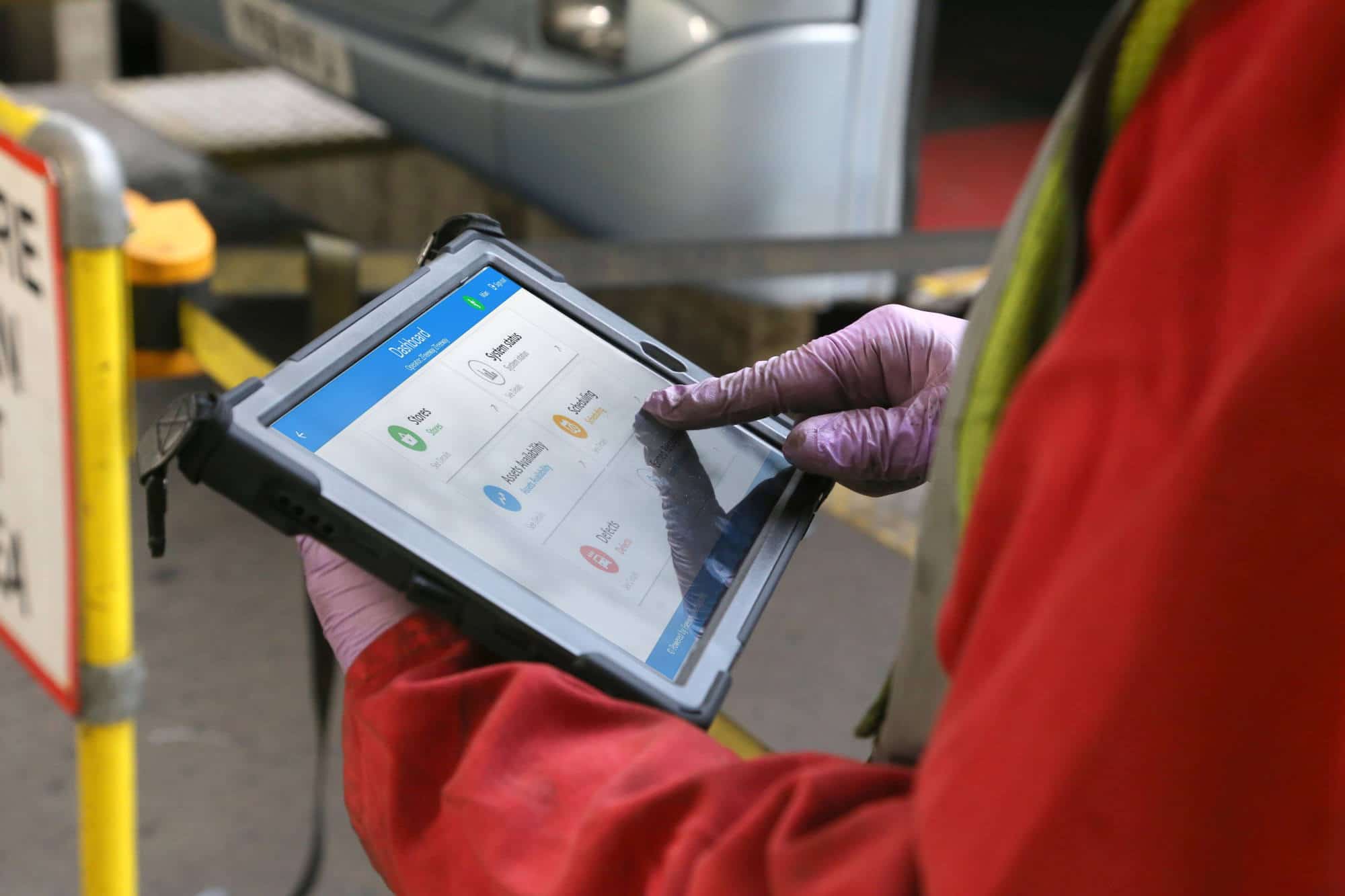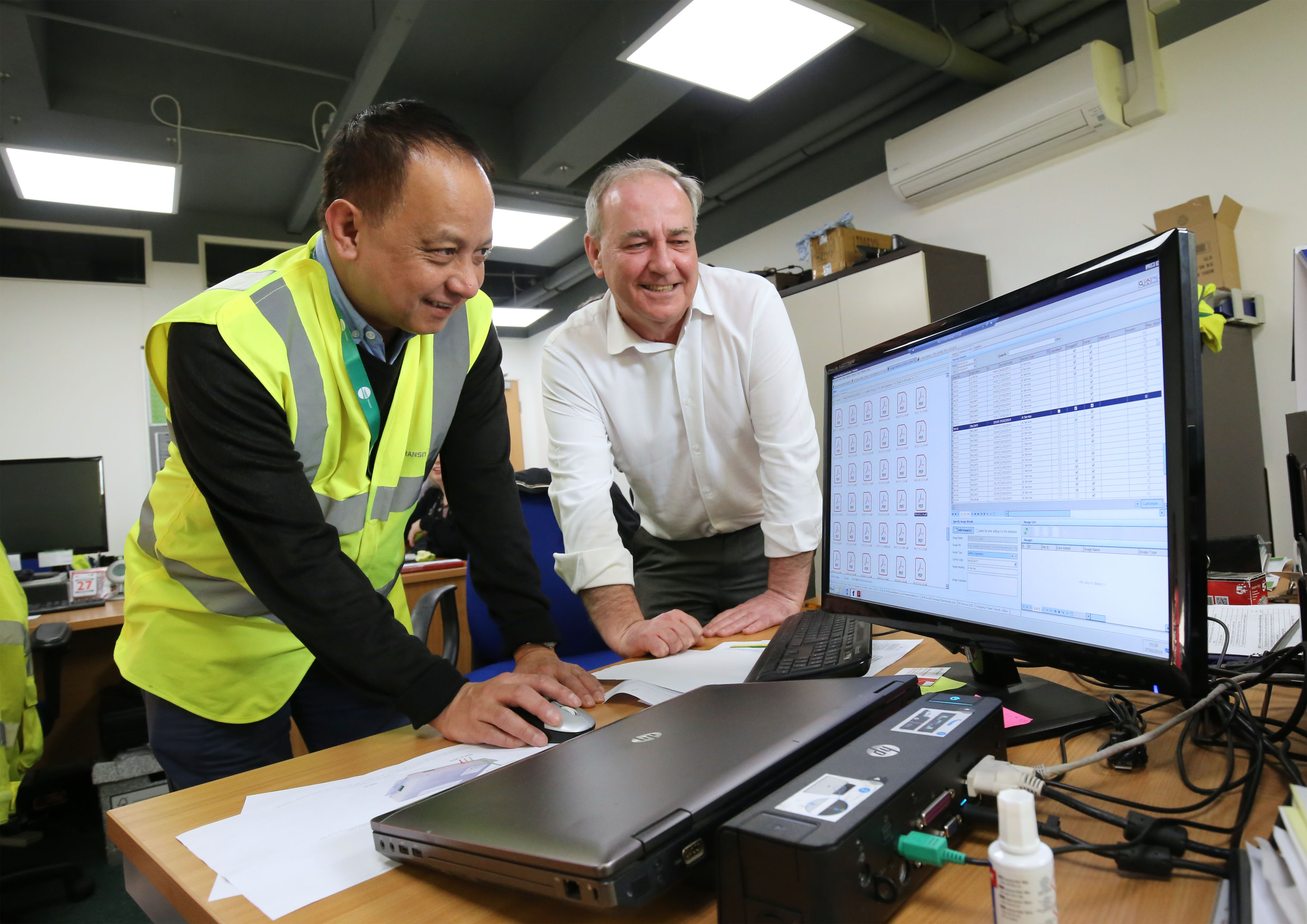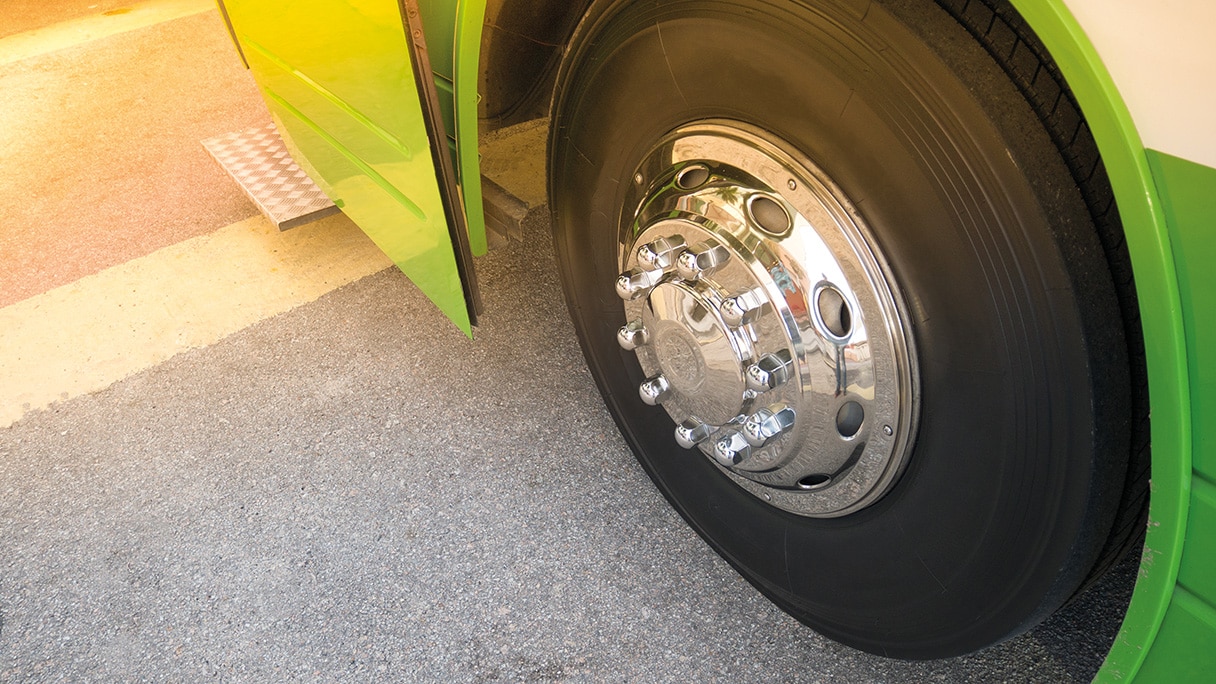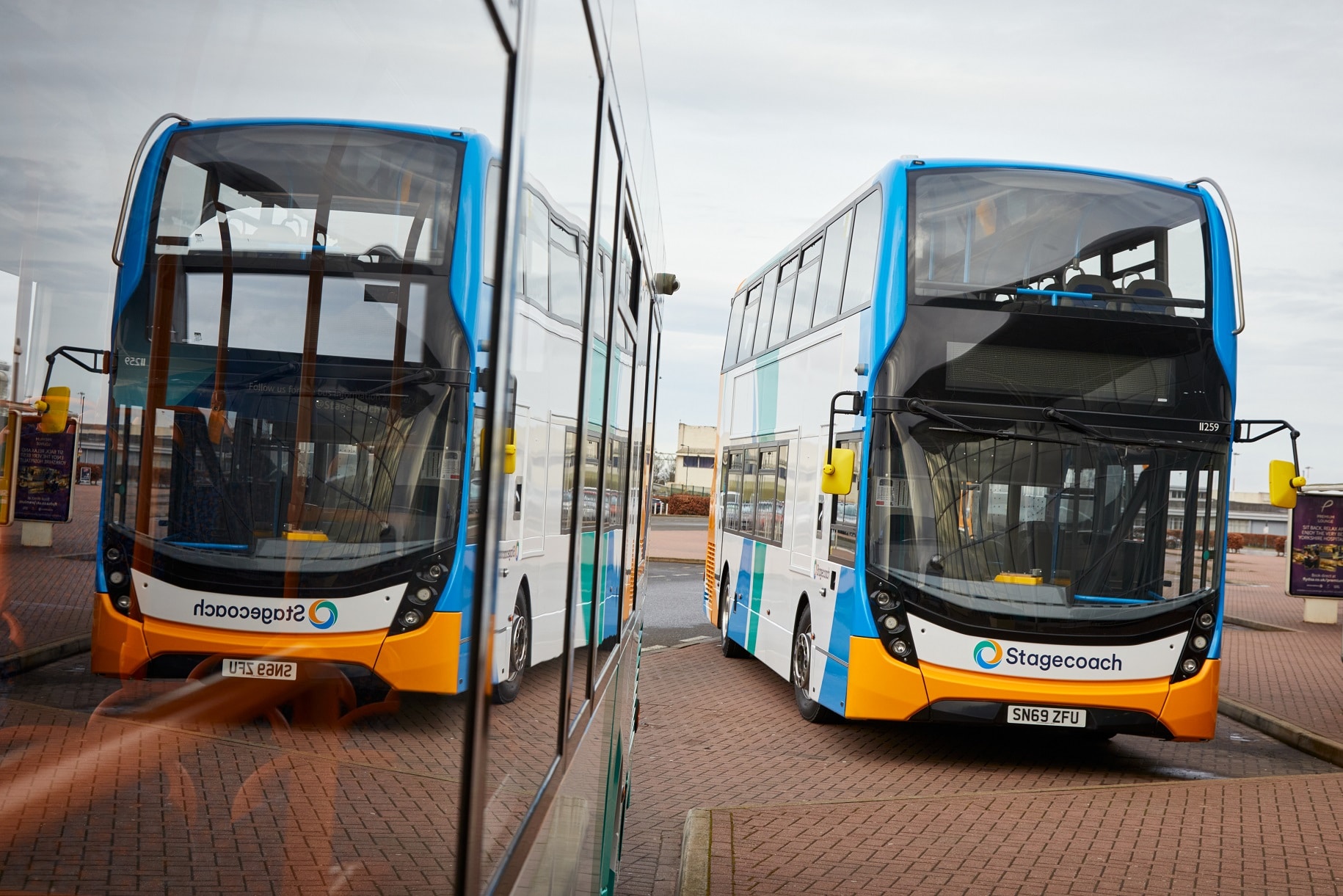Predictive and preventative maintenance solutions can lower operating costs, reduce downtime, and ensure compliance
“It is not enough to rely on a maintenance system alone, because this cannot ensure that vehicles are roadworthy,” writes the Driver and Vehicle Standards Agency (DVSA) in its guide to maintaining roadworthiness.
Best practice, rather, comes from a combination of good practice and skills, supervision, and effective management. routeone speaks with suppliers that help to bring those elements together.

Freeway: The road to tailored maintenance
Fleet maintenance provider Fleeway Fleet Systems’ origins are in cost accounting for the transport industry. That means it differs from other systems that were primarily designed to address compliance and client contractual obligations. According to Freeway Managing Director Patrick Tandy, Freeway “automates laborious processes to optimise the use of time and resources” and can incorporate stores and purchasing management; an area that resulted in significant savings for operators.
Freeway also collects data on parts used and their performance with instant access to maintenance histories allowing the performance of different vehicles and parts to be scrutinised. By reducing parts costs by between 5-10%, bus group Rotala expects to save at least half a million pounds a year across its regional bus operations.
Effective maintenance has remained a constant pillar of this cost focus as, according to Freeway, planned early intervention has always been cheaper than reactive working – and significantly reduces critical operational disruptions.
Early adopters of the Freeway technology were Reading Buses, National Express, Connex and Abellio.
Freeway’s solutions are progressive in response to suggested changes by its customers and the opportunity to leverage new technology. In the case of maintenance planning, it has seen a shift from simple preventative maintenance based on time only to a more advanced predictive approach that is also based on distance. “The first step in this change was to link the mileage data we held from Freeway fuel analysis systems to the schedule patterns,” Patrick explains. “Replacing simple time-based schedules with dynamic maintenance based on time or distance (whichever comes first) often reduced maintenance frequency (and reduced cost).”
The shift to usage-based predictive planning was initially guided by manufacturer recommendations only, but this also has developed and changed over time. With greater processing power and more and better data in the Freeway database it now sees generic predictive maintenance replaced by customer-specific predictive schedules that can take into account each customer’s specific operational conditions.
One aspect of tailored predictive maintenance planning has been Freeway’s repeat defect analysis. This surfaces failure patterns (and the preventative action needed) that would otherwise be hidden – especially in large, mixed fleets. “Because Freeway is also an inventory and procurement solution, we have also been able to provide part-turn analysis to help our customers move away from fix-on-fail and towards accurate predictive maintenance,” adds Patrick.
Live data is critical to a predictive approach. In recent years Freeway has underpinned the transition to paperless working with live-connected mobile devices and smartphone apps, together with seamless data interchange with operational, financial and enterprise systems. “Freeway is now regarded as one of the most complete live all-in-one systems,” says Patrick. “It is also increasingly used to manage all assets; not just vehicles.”
Revealing the true costs
According to Patrick, for many years operators have simply accepted the way things are; the labour costs, the part costs, the parts contract value. The result is that these have often escaped any “real scrutiny”. As paper records are replaced with digital records, records of work done and parts used are no longer lost in a filing cabinet or back-room archive. Everything is recorded and added to a ‘case history’ so the real costs of maintaining the fleet can be analysed and questioned.
“By using mobile devices, more comprehensive and accurate data is collected to update, in real-time, a central data repository,” Patrick explains. “In addition, data feeds from other sources, such as vehicle diagnostics, telematics, and fuel management systems, adding to the pool of data available for analysis. All this data is the basis of predictive and preventative applications.”
Freeway can store in-depth componentry information allowing the performance of every asset, from an entire vehicle down to an individual washer, to be assessed. The software continually learns from historic data to create a more accurate predictive model that also takes account of recurring trends and anomalies.
The system also works out future stock level requirements that are linked to preventative schedules and then automatically updates parts suppliers – automating stock replenishment and helping to eliminate out-of-stock occurrences.
Freeway also enables operators to switch from time-based to usage-based maintenance scheduling, in part thanks to predictive maintenance computations. “So, rather than book vehicles in at fixed intervals, Freeway picks up odometer readings so servicing can be planned according to actual mileage travelled, taking into account other needs such as MoT due dates and outstanding defects,” says Patrick. “In addition, Freeway can automatically collect key data from integrations with other systems to provide, for example, data on tyre performance, fuel usage and other diagnostic data from vehicle sensor.
“The vehicle can then then be booked in at the optimum time and for essential work and replacement of parts; doing servicing that is actually needed, eliminating unnecessary work, and extending the working life of material and parts.”
For Patrick, working with Freeway is very much a partnership: “Effective implementation is arguably more important than the software itself,” he believes. “To roll out a system that will often completely transform an operator’s engineering department is a big responsibility for all concerned. Operators there need to allocate sufficient resources and strong leadership and engagement with end users is just as important to successful roll out.”
OMNIplus: ‘More than an alert’
Uptime is the preventative maintenance offer within Mercedes-Benz Bus and Coach’s web-based OMNIplus ON portal, which consolidates operational management into one solution.
Pre-installed on most post-2017 Mercedes-Benz coaches and buses, and in continuous development since its inception in 2018 with zero cost activation options and retrofitting available, Uptime “thinks ahead to keep you on the road,” according to the manufacturer.
Uptime continually analyses and interprets vehicle data, as much as twice per second. Real time technical status reporting from on-board Uptime hardware on the vehicle serves a preventative function – if a repair or maintenance requirement is detected, that information is automatically sent to an elected operator representative, such as a fleet manager.
Depending on the severity of the repair, such as likelihood of breakdown, Uptime will provide that fleet manager with a “recommendation for action” which will include an action plan to resolve the fault in co-operation with a service partner or 24hr service team, depending on the vehicle’s location.
“OMNIplus Uptime continues to prove itself to be an invaluable time and cost saving solution,” reports Mike Drury, of Drury Holidays in Buckinghamshire. “Most recently, while on the road our coach developed a tyre fault – an OMNIplus representative called us the moment it was detected by the vehicle. Being an urgent repair, in the same conversation we were also given the best proposal to resolve it. All in record time.
“Preventing the situation all operators dread, a surprise call from a stranded vehicle, Uptime has so far delivered on its promise to minimise downtime. Our passengers benefit from the system too – Uptime allows us to continually improve upon our already high standards of safety, comfort and luxury for all on board the coach.”
The OMNIplus ON portal, meanwhile, adds further dimensions to digital fleet management. The portal allows operators to access four key components centred around “all aspects of vehicle operation”. It is available from any internet-connected device, and with or without Uptime some services such as fleet monitoring and vehicle condition reporting can be activated at zero cost, subject to what hardware is fitted to the vehicle.
Today, OMNIplus guarantees 360-degree support for MercedesBenz. Should a vehicle encounter a problem en route, service is ready 24hrs, seven days a week. Over 600 Service Points as part of the OMNIplus Service Network are at operators’ disposal across Europe.
Compliance with CheckedSafe
Periodic/preventative maintenance inspection (PMI) checks have always been a part of the Checkedsafe compliance offering.
When DVSA’s Earned Recognition scheme commenced, Checkedsafe began to examine scheduling solutions too. “It fits perfectly into our whole system of fleet maintenance being that the operator can fully comply with the rules and regulations using our system and become completely paper free,” says Director and cofounder Gary Hawthorne.
The PMI service is similar to the DVSA printed sheet but in an app format. Engineers are able to undertake checks using a tablet or smartphone, while documents relating to the check can be uploaded to the system. Any person involved in the process is tagged, work done is timestamped – particularly useful if operators use third party maintenance providers – and records and data are ringfenced, so that they cannot be tampered with.
With data submitted in real time, fleet managers are also informed of PMIs and any issues immediately.
Gary believes such data is driving a step change in fleet maintenance. The pandemic has also driven interest in the digital offering: “We’ve seen a massive upsurge in people looking to go digital. Paper is wasteful and costly and can be manipulated, misread or lost; face-to-face interaction is becoming rarer, so people need to be trusted to things properly. By going digital, managers can be anywhere and still receive notifications of results – when you have four or five depots, that means they will still get regular reports.”
While PMI paper can currently be dragged into a digital system, Gary points out that DVSA continues to push the digital element hard and, from April 2022, will expect paper PMIs to be performed on digital devices too.
The system can and is updated dependent on what operators request. Updates are released every few weeks. “We continually develop our system for new products and new services,” Gary says. “It could be different way of doing things, or a different way of capturing data. Our clients are always providing us with ideas, and we put those ideas into development and production. With all updates made available free of charge to all our clients.”
Marching ever onwards
Back at Freeway, Patrick points to the rate of technical advancement and believes this acceleration will continue as cloud computing and digital communications evolve and new technologies, such as artificial intelligence and augmented reality, become commercialised.
“Freeway continually takes advantage of advances in technology, developing applications to improve efficiency, productivity and overall business performance for bus operators,” he says. “Technology has taken a quantum leap in recent years with the internet and reliable wireless data communications, backed with affordable and easy to use mobile devices. This has transformed data collection and with improved computer processing power, Freeway’s developers are focused on turning this data into useful business intelligence, using artificial intelligence to help optimise every facet of the engineering operation; predictive maintenance software being a key area.”













